There are various chemicals that every pool owner must use to keep their pool water crystal clear.
Below is a list of the most common ones, why they are important, how to use them, as well as advice for the different types of pools in our Pool Maintenance guide.
Let’s dive in! 👇🏼

Chlorine
Chlorine is one of the most important chemicals used to keep water clean and clear. It is responsible for breaking down organic contaminants, killing algae, and most importantly it kills germs that can cause waterborne illness.
Learn more about keeping your water, family and friends safe with chlorine.
Related:

pH Up
If pH is too low it can damage pool (or spa) equipment and it could cause swimmers to have irritated or itchy skin and cause their eyes or nasal passages to sting and become irritated.
Check here for more pH Up tips on how to protect your investment and your guests.
Related:

pH Down
If pH is too high it can lead to cloudy water and like low pH it could cause swimmers to have irritated or itchy skin and cause their eyes or nasal passages to sting and become irritated.
Learn more about pH Down and how to keep everyone comfortable.
Related:

Pool Shock
Shock can be used when water is cloudy, algae are present, or there is a strong chlorine smell.
Shocking helps keep water clean and clear when chlorine has been overloaded by increased bather load or if has been allowed to drop below recommended levels.
Here is some more information on shocking water into shape.
Related:

Alkalinity Up
Alkalinity is a measurement of water’s ability to counter acidity or neutralize acids and bases and it is important because maintaining the correct level keeps pH from bouncing.
Discover how to raise alkalinity in pools.
Related:

Stabilizer
Stabilizer (CYA) is like sunscreen for chlorine, it prevents UV light from destroying chlorine. Without enough CYA, chlorine will be ineffective at proper water sanitization. Learn more about keeping your chlorine safe from the sun so it can kill unwelcomed guests.

Baking Soda
Baking soda raises alkalinity, and is the same chemical as alkalinity up. Read more about how baking soda can be used for more than baking cakes here.

Muriatic Acid
Muriatic acid is used to lower pH and alkalinity and is known as the “bad boy” of all chemicals because it has to be handled carefully to prevent damage to anything it touches, including people. Learn more about how muriatic acid helps maintain water clarity and how to handle it safely.

Borate
Borate has several benefits when used in pool water. It helps with pH bounce, has algaecidal properties, and gives water a wonderful sparkle in direct sunlight. Borate is one of the best kept secrets for that sparkle and extra buffer to pH. Be a 10 percenter and learn more here to take your water to the next level.

Clarifier
Clarifier is used to remove finer contaminants from water and can be used for a quick boost before parties. It typically isn’t needed for routine maintenance, but it can be used to do a quick clear if needed.
Find out how clarifier works and why it is important for your pool’s safety.
Related:

Enzymes
Enzymes break down non-living organic contaminants and can help minimize scum lines and foam. Learn how enzymes can be an ally to your sanitizer and prevent that “yuck, did you see all that nasty in the hot tub” or just give chlorine a helping hand.

Flocculant
Flocculant is more potent than clarifier and can be used for immediate clarification during algae treatment or heavy contamination. We hope you don’t need to use flocculant, but if you do here’s some information that can help you understand what it does.

Phosphates
Phosphates are a hot topic in pool water management and are widely misunderstood. They are basically food for some types of algae and can be managed by phosphate reducing agents to help reduce the load on sanitizer. Learn more about phosphate insurance and why you may or may not want it here.

Mineral Sanitizers
Mineral sanitizers are a secondary sanitizer that use silver and/or copper to help sanitizer to fight bacteria and algae. Learn more about this thousand year old sanitizer and how it can help keep water safe and clear.

Hardness Increaser
Hardness increaser helps make sure plaster cures properly and is important to water clarity, but it can also cause calcium deposits and scaling. Read more about why it’s important to manage calcium hardness and how to avoid unwelcome calcium deposits.

Pool Salt
Pool salt is the key component in keeping salt water chlorine generators fed so they can create chlorine. Despite the name, salt pools are basically pools that use salt to generate chlorine to keep water clean and clear. Read more about salt and how it’s more than what you add to your food.

Scale Removal
Scale is a big problem for owners that have a high calcium content in their water and fail to maintain pH. When scale forms it can be a real pain to remove, but it can be done. Here is some information for tips on how to tip the scale when battling scale deposits.

Sequestrant
Sequestrants and chelators are a class of ingredients found in stain removers or preventers and help prevent metal ions from staining surfaces. Water that contains metal or high calcium will benefit from this class of chemical and they can be used as a maintenance dose if needed. Check out this article to keep stains away and understand how these agents work.

